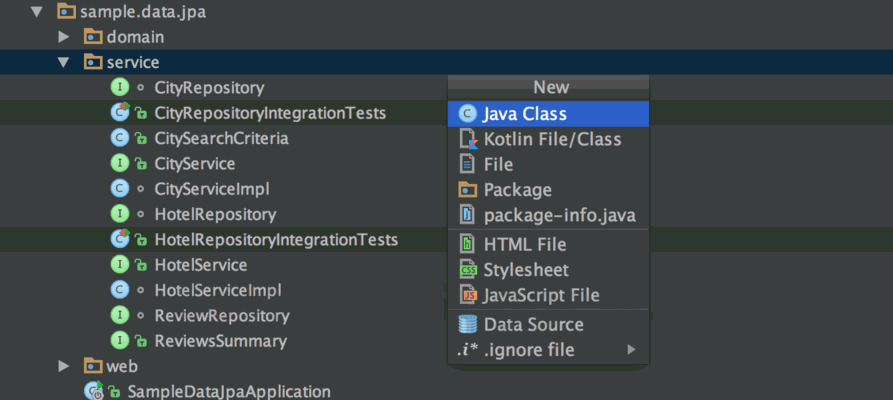

This API provides a way to add and manage more complex permission structures than can easily be maintained in Azure AD. The front-end using the Azure AD B2C to allow 3rd party trusted identity providers to authenticate.

This is the backing API to store additional profile and complex membership metadata outside of an Azure AD B2C provider. To stay connected with us and explore more about Polaris, you can reach us via email at You can also visit the Polaris issue tracker to report issues or leave feature requests.įor further information and details on how to get started with Polaris, refer to the documentation.Secure Membership Web API backed by SQL Server. Q: What programming languages does Polaris support?Ī: Polaris currently supports Java and Kotlin, with plans to expand to JavaScript and TypeScript in the future.Ī: Polaris is currently available for free and will remain free for plugin development needs.

All code snippets come from actual implementations. Polaris employs machine learning techniques to rank and suggest code examples, but does not generate code using AI. It uses Naive Bayes classifiers to predict method or function call parameters based on the current code context. Q: How does Polaris work, and does it rely on AI?Ī: Polaris indexes codebases, collects method usage data, and ranks informative code snippets for each API. To find code examples, place the caret at a function or identifier, press Alt+Enter, and choose the “Show Examples” intention action or click the Search button in the top-right corner of the editor. You can then utilize parameter suggestions by placing the caret in the parameter location. After reviewing the webinar, we have compiled a concise Q&A summary:Ī: To start with Polaris, install the plugin from the in-IDE Marketplace in IntelliJ IDEA, restart your IDE, and accept the Legal Acknowledgment.


 0 kommentar(er)
0 kommentar(er)
